When we talk, we often use gestures as part of our communication. Babies are very good at picking up on these gestures and, using them to communicate. Think of a baby pointing or waving “bye-bye”, or asking to be picked up by raising his arms. So, it’s not surprising that babies can learn how to sign. Your baby’s understanding of language and ability to make gestures develop much faster than his ability to speak. As a result, he will use gestures to let you know what he wants before he can talk.
The idea of taking this one step further, and teaching babies a range of signs, was inspired by child development expert, Dr Joseph Garcia. He found that hearing babies of deaf parents easily copied their parents’ signs and used them to communicate. Garcia also noticed that these babies appeared less demanding than non-signing babies because they could express their thoughts and needs more easily.
So, why shouldn’t hearing parents of hearing babies enjoy the benefits of signing, too? After all, thought Dr Garcia, if a baby can sign for what he wants instead of screaming, mum, dad and baby will all be happier. You may worry that teaching your baby to sign will slow down his normal speech development. In fact, research shows the opposite is true. Signing may actually help your baby learn to talk and add new words to his vocabulary. Signing is about enhancing, not replacing language. Signing should be used along with normal speech so your baby can make the link between the gesture and the word. Try to make sure your baby is looking at you, so that he’s concentrating on what you are saying, as well as what you are doing.
Gestures are a normal part of communication. Most young children will naturally pick up gestures or actions, like waving bye-bye or when joining in on nursery rhymes. They’ll enjoy this long before they know the words! When your baby can sign back, you may even enjoy a two-way conversation. If, for example, he tells you he can hear an aeroplane you can respond: “You heard an aeroplane? Yes, I can see it. Look, it’s over there. Isn’t it loud?” This way, you spend more time chatting about what interests your little one, which is a great way to help him learn to talk.
Communicating with your baby begins from the moment he’s born. You can start to sign the meaning along with what you are saying at any time. However, most children between the ages of nine months and 18 months start to use a combination of gestures and sounds to communicate. This is a good time to start signing with your baby. You don’t need to go on special baby signing courses to learn how to use gestures or signing with your little one. However, some people find that meeting other parents while you do it can be a lot of fun. It’s a great way of getting to know other parents.
If you want to use formal signing systems such as Makaton or Signalong, you will need to attend classes or a course. These systems of signing are normally used with children who are struggling to communicate for a variety of reasons. Parents of children who have deafness or significant hearing difficulties may need to learn a signing system, such as British Sign Language. It may well be their child’s main way of communicating. If your baby has no hearing difficulties, you can still use signs based on British Sign Language but there’s no reason why you can’t make up your own signs. Any gesture that obviously mimics the meaning of the word works well, for example:
- More. Hold your hands open, palms facing towards your body, with one in front of the other. Move the hand in front forward a short distance.
- Food. Put your finger-tips to your lips.
- All gone. Move your hand, palm up, backwards and forwards.
- Happy. Draw an exaggerated smile over your mouth with your finger, while smiling.
- Hot. Put your hand out and withdraw it quickly.
- Where? Shrug your shoulders, with your palms held out.
- Rabbit. Wrinkle up your nose or hold up two fingers.
- Car. Steer an imaginary wheel.
- Book. Hold your hands flat with your palms up.
Original article: https://www.babycentre.co.uk/a547348/baby-signing
Photo by Joshua Rodriguez on Unsplash





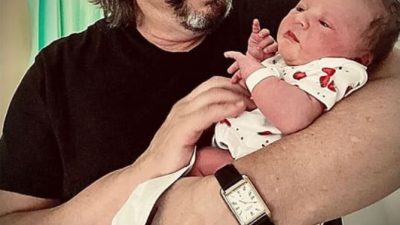
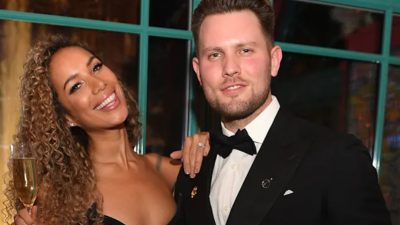


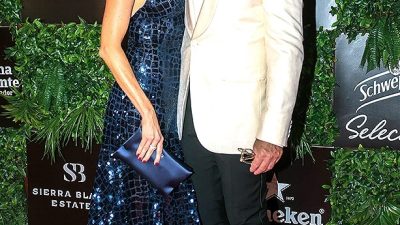

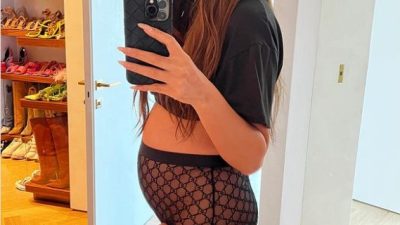
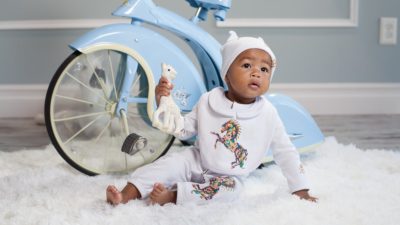





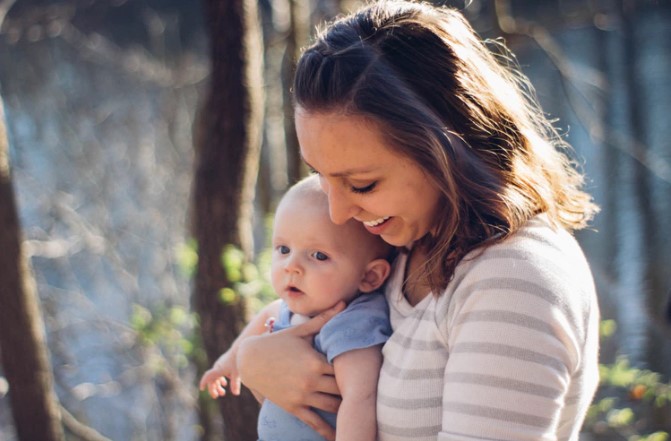






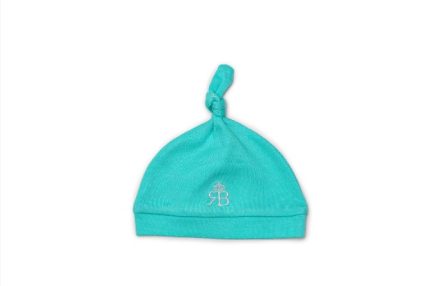
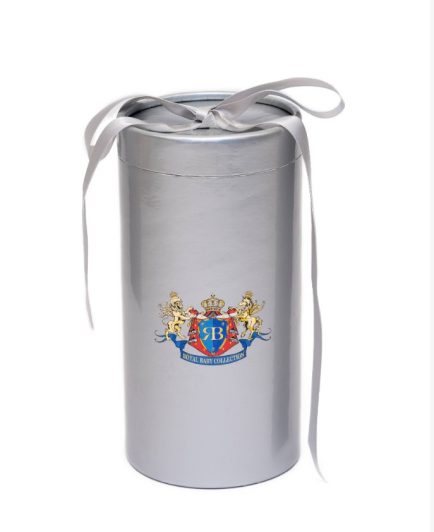
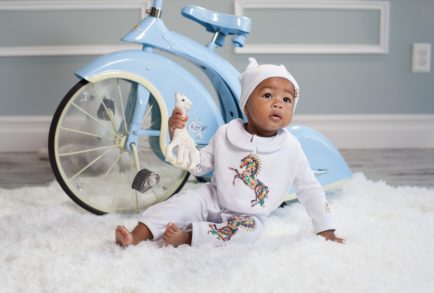
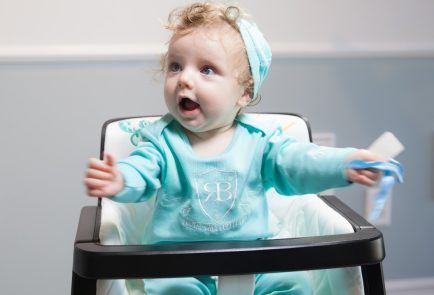
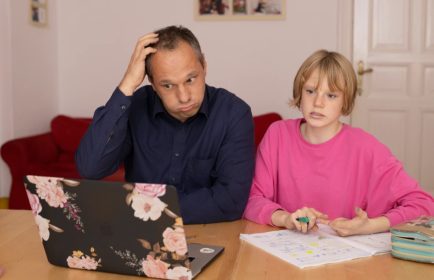

Comments